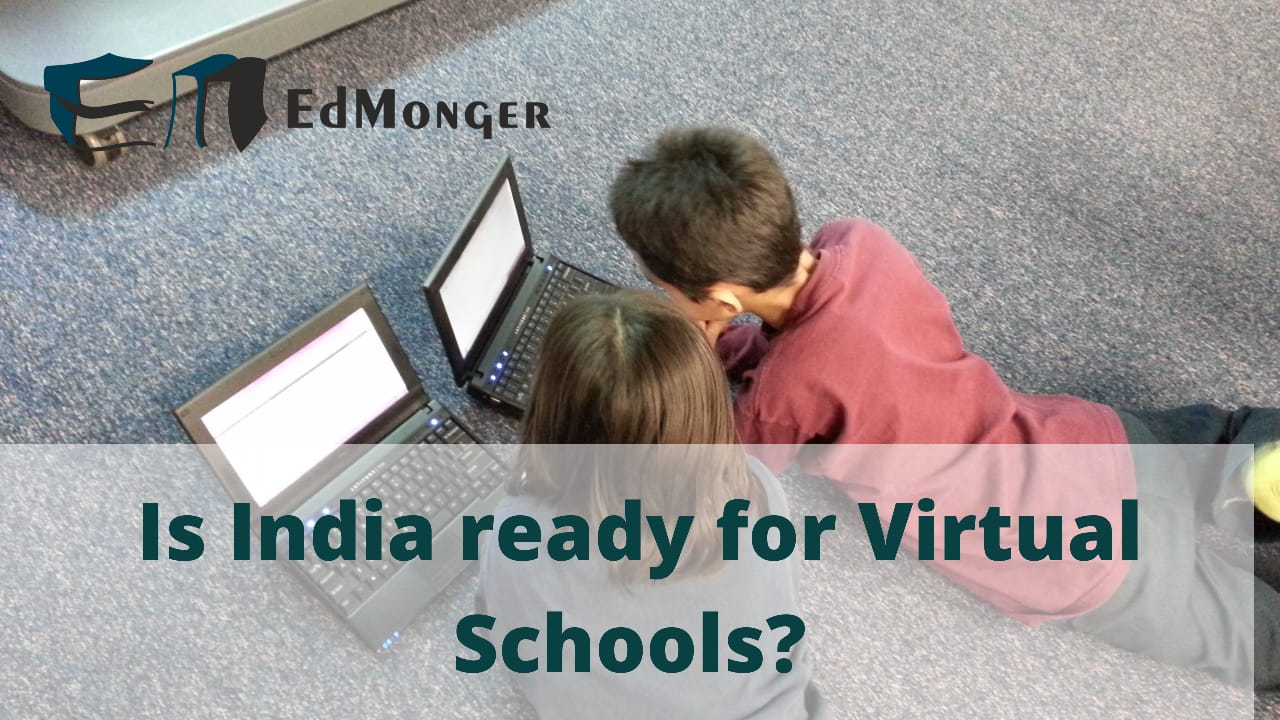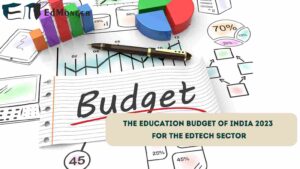After the announcement of the Delhi Model Virtual School (DMVS) by Delhi chief minister, Mr Arvind Kejriwal on 31st August 2022, it was clear that India is taking all possible steps to accept online schooling and e-learning as a mainstream way of educating children.
Although during the pandemic everybody adapted to the virtual school model, still we’re more biased toward offline schools or traditional learning ways.
The significance of online education in India is yet to be discussed deeply.
Lot many communities raised their voices against this initiative which leads us to one question:
“Is India really Ready for Virtual School?” or “What is the future of online schools in India?”
Let’s analyse in this article what’s in favour and what will be against of these Virtual schools in India.
Table of Content
- Why online Schools?
- Are Virtual Schools a lucrative option for a country like India?
- What will hinder the growth of online schools?
- What can be the best solution?
Why Virtual Schools?
The pandemic was a shock to the world and its course was unprecedented. Every sector took a path of online working then why not the education sector?
Perhaps one thing that came out as a benefit of the online mode of learning is that everyone can learn from any nook of the country and all a student needs is a device with internet connectivity.
It can give a solution to one of the biggest missions of 100% literacy and the United Nation’s Sustainable Development Goals 4 (SDG 4) Voila!.
Are Virtual Schools a Lucrative Option for a Country Like India?
With the most diversified demographics and more than 250 million children, it sounds like a dream to give quality education to each student. But Virtual schools have definitely given a ray of hope to this mission and to the policymakers.
Let’s check some facts about how virtual schools can be a lucrative option for a country like India.
Flexibility and Convenience of Recorded classes
The biggest perk of these e-learning models is they provide flexibility and convenience of studying on their own time even if the student has missed a lesson.
With a 1.39 billion population 67% live in rural areas. These people hardly have very well-qualified teachers to redo the lesson or provide extra tuition to help the students.
Many of the children give a helping hand to their parents on farms and other household chores. So, a recorded lesson helps them to revisit it at their own convenience.
Reaching The Remotest Area
We have merely 1.9 lakh secondary government schools for 14.6 crore rural students. (as reported by India Today)
Half of them drop out after elementary school due to the unavailability of a nearby secondary school.
Digital schools remove this shortcoming.
Learning at your own pace
E-learning comes with the added advantage of personalised learning. It is reported that most of the students drop out in rural schools and a major reason for this is non-understanding of the basic language and arithmetic. The recorded lessons with live and doubt classes can help to consolidate their foundational learning.
Pocket Friendly
The most obvious advantage of e-schools is they save extra expenditure on books and resources which some parents were not able to afford.
Access to Quality Education for all
During the launch of DMVS,
As stated by BK Sharma, Delhi Government officer, “Delhi Model of Virtual Schools will provide a high-quality education in an online setup.”
For many students coaching for NEET, IIT, IAS etc was way too big a dream as they can’t afford it, or can’t travel long distances.
Many such practical problems can be solved by these digital learning platforms. The best education is just a device away.
What will hinder the growth of Digital Schools?
The launch of Virtual School in India by NIOS in 2021, Delhi Model of Virtual School in August 2022, and Digital University for skills worked out by UGC in August 2023 indicate a clear vision of the government.
But there are many hurdles in achieving the goal. The urban population definitely will take a big leap with it and benefit better but 67% of the population still lives in rural areas which will not be able to thrive.
For them, it will take a decade to learn and be in sync with the government’s initiative.
Affordability and Availability of The Resources
A smartphone has come out to be the most basic necessity these days but a big chunk of the rural population still struggles to have a smartphone.
If somehow the device is arranged, internet connectivity is another big challenge which will take its own time to resolve. Till that time digital learning can not give its 100 per cent fruit.
Digital Illiteracy
With the passage of time even in rural areas people have become comfortable using apps like youtube, WhatsApp or Facebook etc, but understanding an LMS or live streaming app will not be that handy. It will require continuous training and a centralised way of dealing with it.
If every new online school launches something new and govt school launches a different platform it will take time for digitally naive people to understand.
Screen-time Control
Excess screen time can give rise to health issues. Government has to run many campaigns to create awareness about the right amount of screen usage.
Cyber Crime
Authority and permissions to use the internet at a very early age will increase cyberbullying, cyber crimes etc. This will come out as a major concern for the parents to discipline their child’s online activities.
Though Artificial Intelligence(AI) bots and advanced usage of educational technology will be able to give some amount of solutions but controlling everything on the ground level will hinder its usability.
What can be the best solution?
The pros of virtual school weigh more than the cons. So, there’s no way it must shrink. But definitely, if we look at the bigger picture, acceptance amongst us is the first step towards reaching this goal.
However, the Government of India is taking all the possible steps to make this leap successful. With the launching of NEP 2020 to Pragyata guidelines for digital education Niti Ayog to take all innovative steps for including the STEM curriculum.
What majorly can be done is follow a blended form of learning till the time we’re not 100% ready to transit to virtual mode.
Active participation from all stakeholders is important to make this new India a developed nation.
By





Pingback: Why Choose a STEM Curriculum for your Child in a Developing Nation like INDIA? - Edmonger